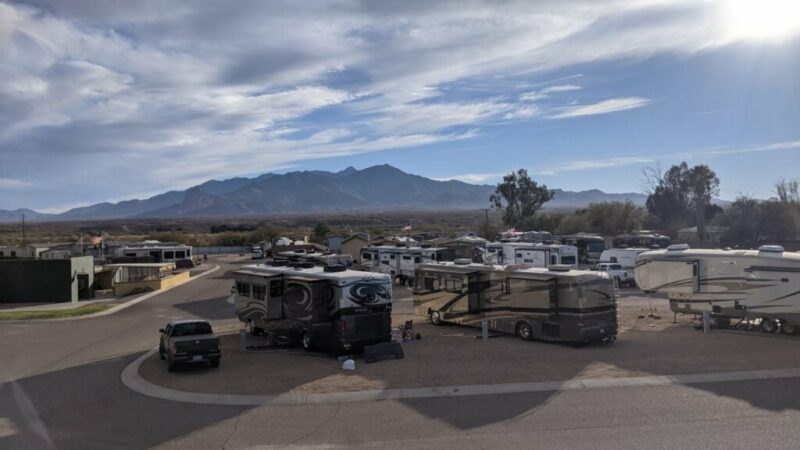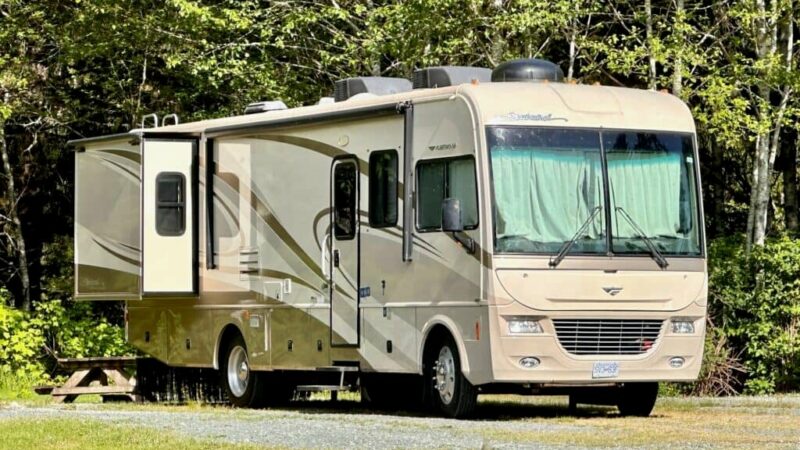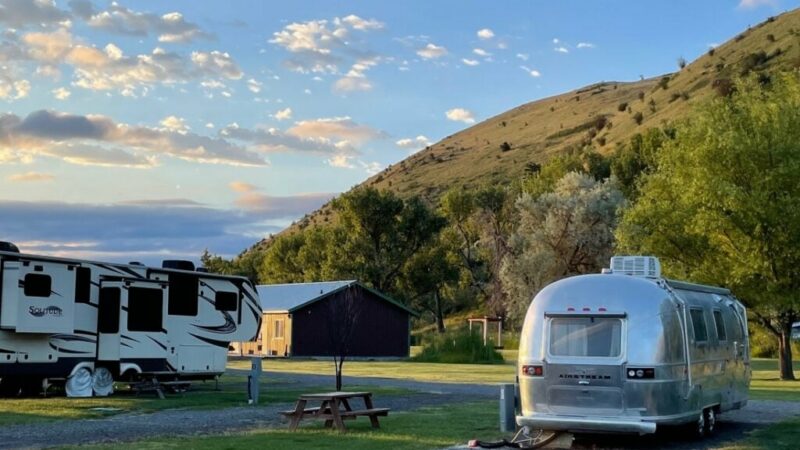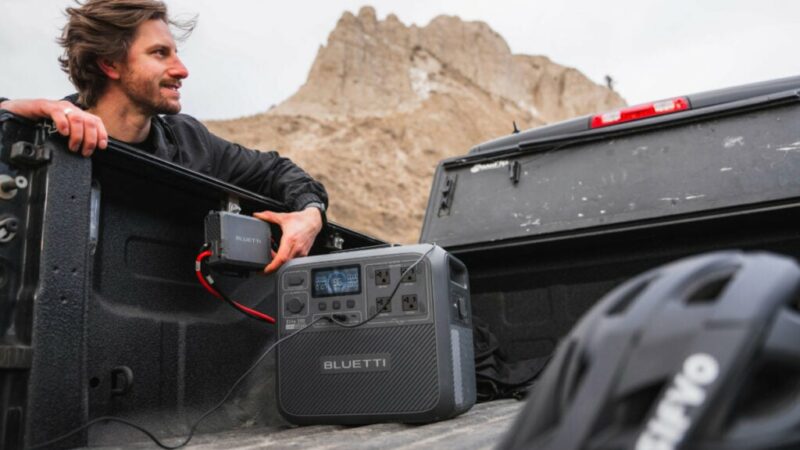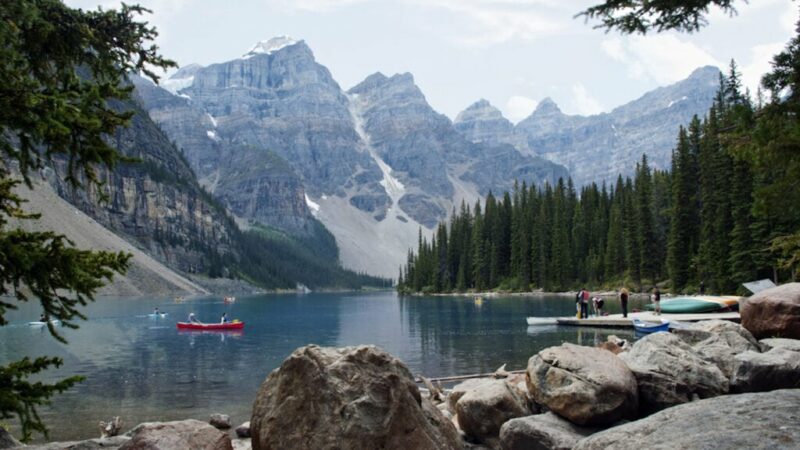The Best RV Driving Routes For Snowbirds
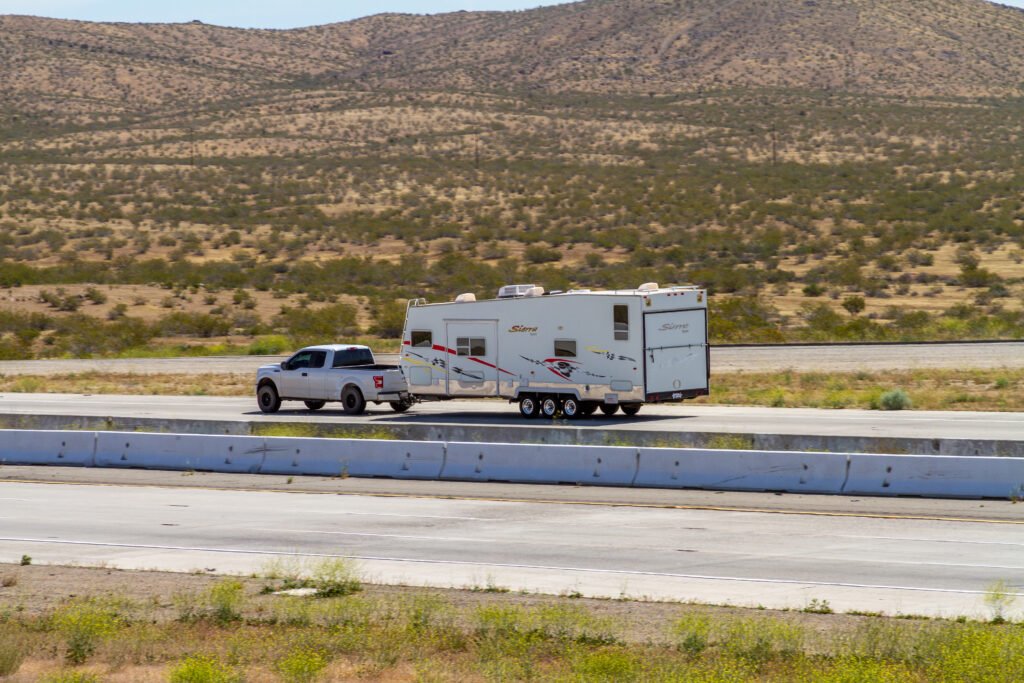
Heading south for the winter? Check out these popular RV driving routes. Photo: Shutterstock
Head South This Winter On These RV Driving Routes
Snowbirds migrate from the northern reaches of the continent to the Sun Belt when the weather starts to get cold and snowy, just like millions of actual birds that migrate back and forth ever year. And just like the flocks of birds that follow familiar routes, RV snowbirds tend to make this journey on a few well-traveled arterials.
The two major routes connecting these two seasonal zones are the two interstate highways near the west and east coastlines. That would be I-5 in the west and I-95 in the east.
Although there are several north-south interstate routes in the interior of the continent, these two main routes carry the bulk of RV snowbirds simply because the coastal regions of the continent are the most densely populated areas; therefore, there are more RVers in the coastal states and more RV snowbirds.
Interstate 5
Interstate 5 is the best RV driving route if you are on the West Coast of the US or Canada. It is a well-maintained, RV-friendly route that stretches from the Mexico border to Vancouver, Canada.
The highest elevation along this route is the Siskiyou Summit in Southern Oregon, just north of the California border. Siskiyou Summit is 4,310 ft. above sea level with numerous steep grades on both sides of the summit.
If you intend to travel on I-5 in late fall or early spring, be sure to check the weather conditions in the Siskiyou Pass before you try to climb that mountain range with your RV and discover it is covered in snow and chains are required.
The steep grade in the mountains is not the only challenge on this snowbird route. Large sections of I-5 go through state and national forests, and wildlife abounds along this route. Daytime driving and extra caution are recommended to avoid a collision with wildlife, which might happen to venture into the roadway.
The Grapevine
Other sections of I-5 may have dangerous winds, which may affect your RV’s stability. One of the most notorious sections of I-5 for dangerous winds is the Grapevine, which serpentines up through the Tejon Pass at 1,499 ft. This 40-mile section of road, north of Los Angeles, has several sections with steep grades, high winds, and occasional snow.
As with the Siskiyou Summit, it would be prudent to check with the California Department of Transportation regarding driving conditions in Tejon Pass before embarking on that part of your journey.
Where to go camping on I-5
You can literally drive from Vancouver, British Columbia to San Diego, California on Interstate 5, and I suggest you take your time to enjoy the diverse and beautiful scenery, as well as some of the most productive agricultural land in the country.
If you’re looking for a great campsite on I-5, check out the Valley of the Rogue State Park in southern Oregon, or use the RV LIFE App to locate hundreds of public and private campgrounds along this major thoroughfare.
See also: 5 Amazing Places To Camp Off Interstate 5 In California
Interstate 95
The other main coastal route for snowbirds runs up the eastern seaboard, from the Florida Keys to the Canadian border in northern Maine.
This interstate is over 1,900 miles in total length, and it is the longest north-south interstate highway in the US. I-95 goes through 15 different east coast states. It is the best RV driving route on the east coast and used by thousands of Canadian and US snowbirds every year.
Many of the secondary routes in the east are older construction and can be a problem for big RVs because these secondary routes may have low overpasses, narrow bridges, or weight restrictions. Consequently, I-95 is the most popular route in the east because it’s beautifully maintained and appropriate for all types of RVs.
Most of the major cities along I-95 can be circumvented by using bypass routes. To map out your precise route, be sure to use RV LIFE Pro tools to avoid low overpasses and to identify safe beltways around large urban centers.
Where to camping on Interstate 95
If you’re looking for a great midpoint campground on I-95, check out the RV Resort at Carolina Crossroads. It’s a private park less than a mile off I-95 in Roanoke Rapids, North Carolina.
This park is completely surrounded by tall pine trees, is perfect for big rigs, and they let you wash your RV and car on-site. It’s affordable and they don’t charge extra for washing an RV.
It’s worth stopping at this RV park, if for no other reason than to get the road grime off your RV, and to take a couple of days to relax on your snowbird journey. Roanoke Rapids is just 20 miles south of the Virginia state line, and it boasts over 30 different restaurants within a few miles of the RV resort.
Interior snowbird routes
The two main coastal routes carry the bulk of RV snowbirds between their summer and winter destinations. But if you are in the middle of the US or Canada, you might not want to drive all the way to one of the coastal routes to make your north or south snowbird journey.
If you’re starting from a location in the interior of the continent, you can use one of these alternate routes to migrate north for the summer or south for the winter. As you can readily see, the Interstate numbering system uses integers of 5 for major routes with a north-south orientation.
The following is not a comprehensive list of all north-south routes, but these are the major thoroughfares and some of the best RV driving routes for snowbirds. But you should certainly cross reference your anticipated route with the RV LIFE Safe GPS to be sure any route you plan to travel is safe for your RV.
- I-5 connects California, Oregon, and Washington, as well as British Columbia, Canada.
- I-15 connects Southern California, Utah, Idaho, Montana, and Alberta, Canada.
- I-25 connects New Mexico, Colorado, Wyoming, Montana, and Manitoba, Canada. I-25 ends in Northern Wyoming but turns into I-90, which continues into Montana and points beyond.
- I-45 and I-35 connect Texas, Oklahoma, Missouri, Iowa, Minnesota, and Ontario, Canada.
- I-55 connects Louisiana, Mississippi, Missouri, and Illinois. I-55 ends in Chicago, but a multitude of connecting interstates continue up either side of Lake Michigan and eventually arrive in Ontario, Canada.
- I-65 and I-75 connect Alabama, Tennessee, Kentucky, Indiana, Michigan, and Ontario, Canada.
- I-95, as mentioned before, goes up the east coast of the US, through Maine, and gives you access to all the maritime provinces of Canada.
Route 66
In addition to all these major freeways, you could follow the iconic Route 66 from Los Angeles to Chicago for your northbound snowbird journey or go from Chicago to LA on your southern journey.
However, Route 66 is not a freeway. In many places, it literally is Main Street in dozens and dozens of small towns in the West and Midwest.
This route is scenic and historic, but not necessarily appropriate for big rig RVs. If you’re in an area of the country near part of this epic roadway, it might be worth a side trip just to say you were on Route 66 and to see for yourself what it’s like.
If you have a smaller RV, van, or small trailer, you could probably follow the entire route, but again, check the RV LIFE Safe GPS to make sure every section of this scenic byway is suitable for your specific RV.
Plan your RV driving routes
The best RV driving route for snowbirds may be the one closest to your starting point, or it may be the one furthest away. After all, half the fun of RVing is getting there. Can you think of a better RV adventure than taking a road you’ve never traveled before?
It’s all about discovering new places, people, cuisine, cultures, and scenery. Maybe if you’re a regular RV snowbird, you could take a different route every time you go north or south until you have experienced them all.
When you are mapping out your travels, use RV LIFE Trip Wizard and the RV LIFE App to find campgrounds, rest stops, fuel stations, and other points of interest along the way.
Related articles:
The post The Best RV Driving Routes For Snowbirds appeared first on RV LIFE.

